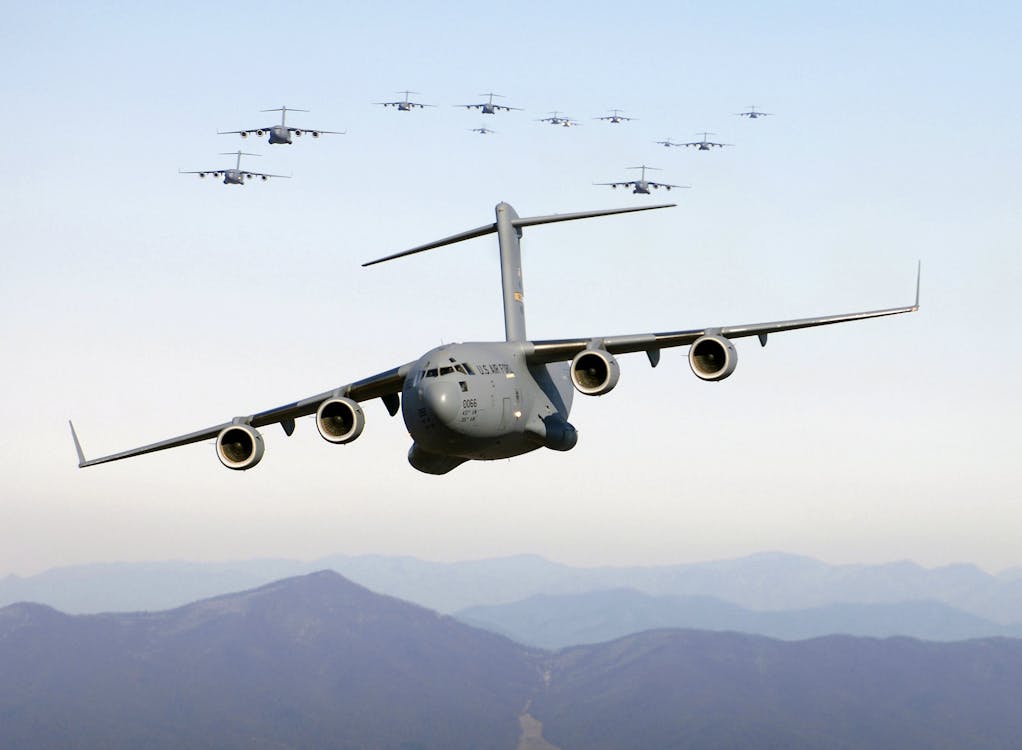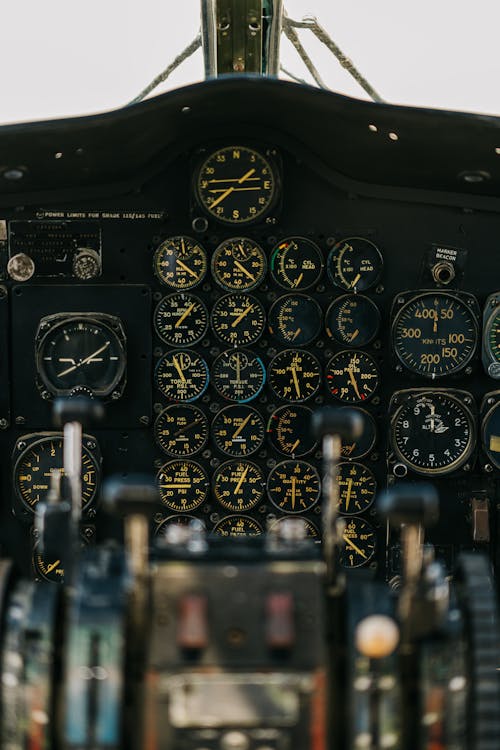How Technology Has Shaped Military Strategies Throughout History
The evolution of technology has consistently shaped and reshaped military strategies throughout history. From the simple yet revolutionary invention of the wheel to the complex advancements of the digital age, technological innovations have often been the deciding factor in the outcomes of conflicts and wars. This article explores the significant milestones in technological advancements and their profound impact on historical military strategies.
Early Innovations: The Wheel and Beyond

One of the earliest technological advancements that influenced military strategy was the invention of the wheel around 3500 BCE. This simple device revolutionized transportation, enabling armies to move more efficiently and deploy heavy equipment, such as chariots and siege engines. Chariots, in particular, became a powerful tool in ancient warfare, providing mobility and speed that foot soldiers could not match.
The Chariot Revolution
The chariot's introduction brought about a new era in warfare. The Hittites, Egyptians, and Chinese are among the notable civilizations that effectively utilized chariots in their military strategies. These light, fast vehicles allowed for rapid troop movement, flanking maneuvers, and swift attacks, which often caught enemies off guard and led to decisive victories.
Medieval Advancements: Gunpowder and Firearms

The discovery and utilization of gunpowder in the 9th century in China marked a significant turning point in military history. Gunpowder's potential was quickly realized, leading to the development of early firearms and cannons, which drastically altered the battlefield's dynamics.
The Age of Gunpowder
By the 14th century, gunpowder weapons had spread to Europe, leading to innovations such as cannons and handheld firearms. These new weapons rendered traditional fortifications obsolete, necessitating changes in both offensive and defensive strategies. The siege of Constantinople in 1453 by the Ottoman Empire is a prime example, where the use of large cannons played a crucial role in breaching the city's formidable walls.
The Industrial Revolution: Mass Production and Mechanization
The Industrial Revolution of the 18th and 19th centuries introduced mass production techniques and mechanization, which transformed military logistics and combat.
Railways and Telegraphs

Railways revolutionized troop and supply movements, allowing armies to mobilize and sustain operations over vast distances with unprecedented speed and efficiency. The American Civil War (1861-1865) showcased the strategic advantage provided by rail transport, as both the Union and Confederate armies relied heavily on railroads for logistical support.
Simultaneously, the invention of the telegraph allowed for rapid communication across long distances, enabling commanders to coordinate and execute complex operations with greater precision. This technological leap was instrumental during conflicts like the Crimean War (1853-1856) and later in World War I (1914-1918).
Mechanized Warfare
The introduction of mechanized vehicles, such as tanks and airplanes, during World War I marked the beginning of modern warfare. Tanks broke the stalemate of trench warfare, while airplanes provided reconnaissance and aerial combat capabilities. These technologies were further refined during World War II (1939-1945), leading to the development of more advanced aircraft, submarines, and radar systems, which played pivotal roles in the conflict.
The Digital Age: Information Warfare and Precision

In the latter half of the 20th century, the rise of digital technology and the internet revolutionized military strategy once again.
Cyber Warfare
With the advent of computers and the internet, cyber warfare has become a new frontier in military strategy. Nations now invest heavily in cyber capabilities to protect their own networks while attempting to infiltrate and disrupt those of their adversaries. The significance of cyber warfare was highlighted in events like the 2007 cyberattacks on Estonia, which showcased the potential for cyber operations to paralyze national infrastructure.
Precision-Guided Munitions
The development of precision-guided munitions (PGMs) has transformed modern military operations. These weapons, equipped with advanced guidance systems, allow for highly accurate strikes, minimizing collateral damage and increasing the effectiveness of military campaigns. The Gulf War (1990-1991) is often cited as a turning point in the use of PGMs, demonstrating their ability to achieve strategic objectives with pinpoint accuracy.
Conclusion
Technology has been a critical driver of change in military strategies throughout history. From the invention of the wheel to the rise of cyber warfare, each technological leap has reshaped how wars are fought and won. As we look to the future, the continuous evolution of technology will undoubtedly lead to new forms of warfare and strategic considerations, underscoring the enduring relationship between technological innovation and military strategy.

 Cricket Score Counter
Cricket Score Counter Heads or Tails
Heads or Tails
You have not logged in, please Login to comment.